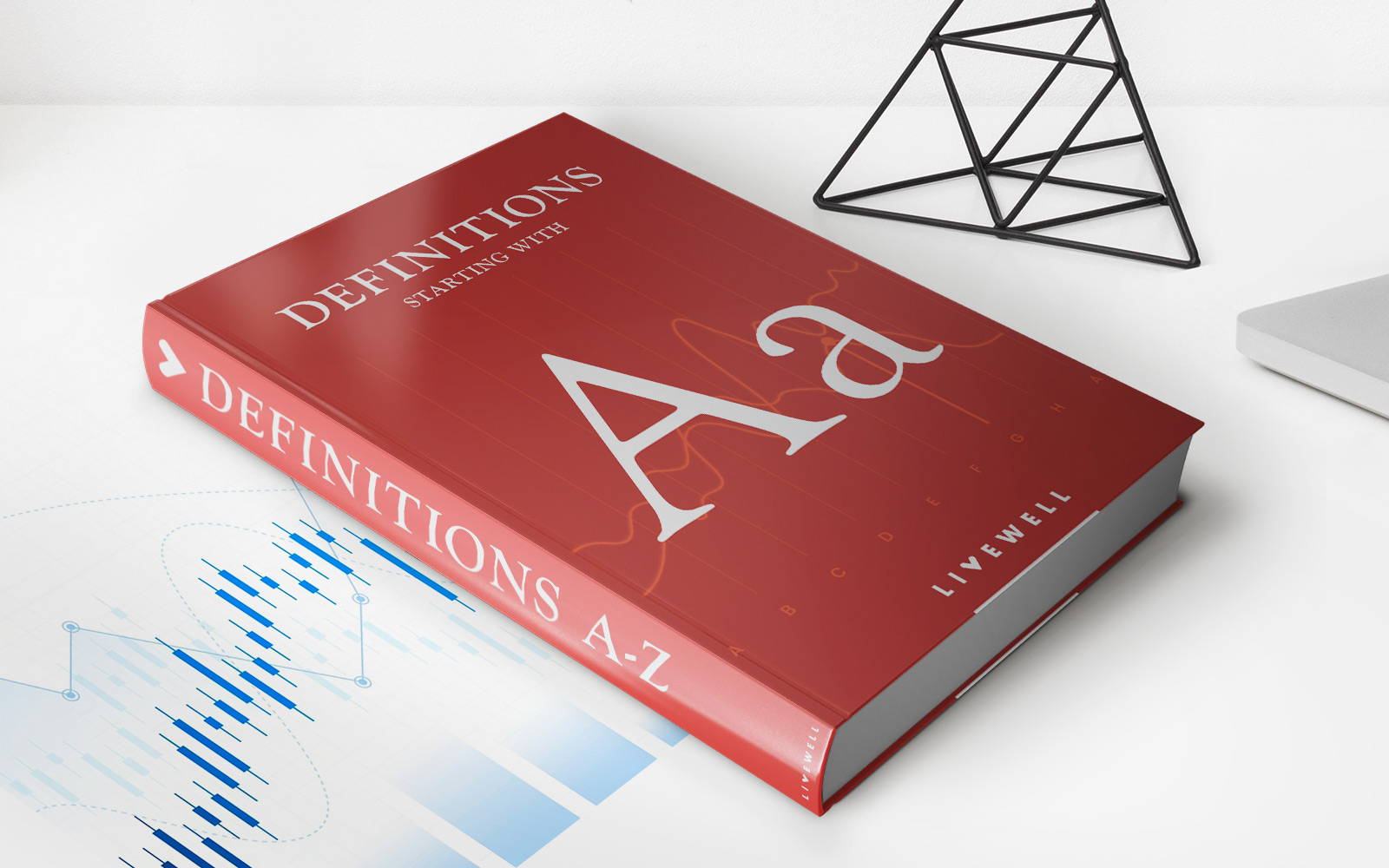

Finance
How Long Is Gesa’s Grace Period On Auto Loans?
Published: February 19, 2024
Gesa Credit Union offers a generous grace period on auto loans, providing financial flexibility for its members. Learn more about their finance options today.
(Many of the links in this article redirect to a specific reviewed product. Your purchase of these products through affiliate links helps to generate commission for LiveWell, at no extra cost. Learn more)
Table of Contents
Introduction
Understanding Grace Periods on Auto Loans
When it comes to managing finances, especially in the context of purchasing a vehicle, understanding the intricacies of auto loans is crucial. One important aspect of an auto loan that borrowers should be familiar with is the concept of a grace period. A grace period is the additional time provided by a lender before a payment is considered late. This period can be a valuable feature for borrowers, offering them flexibility and peace of mind in managing their loan repayments.
For individuals considering an auto loan, it’s essential to comprehend the specifics of grace periods, including the duration of the grace period and any associated terms and conditions. This knowledge empowers borrowers to make informed decisions and effectively navigate the financial responsibilities related to their vehicle purchase.
In this article, we will delve into the details of grace periods on auto loans, with a specific focus on Gesa Credit Union’s grace period policy. By gaining insights into the benefits and potential drawbacks of grace periods, borrowers can gain a comprehensive understanding of this aspect of auto loan management. Let’s explore how Gesa’s grace period policy aligns with industry standards and discover the advantages and considerations associated with this feature.
Understanding Grace Periods on Auto Loans
Grace periods on auto loans serve as a buffer, providing borrowers with a window of time beyond the due date to make their payment without incurring late fees or negative credit reporting. This period typically ranges from a few days to a couple of weeks, offering a reasonable allowance for unforeseen circumstances or scheduling conflicts that may affect the timely payment of the loan installment.
It’s important to note that while the grace period offers a degree of flexibility, the loan balance may still accrue interest during this time. Therefore, making payments within the standard due date remains advantageous in minimizing the overall interest paid over the loan term.
For borrowers, understanding the specifics of the grace period is essential. Some lenders may impose restrictions or additional conditions during the grace period, such as limiting its availability based on the borrower’s payment history or requiring a minimum number of on-time payments to qualify for the grace period benefit.
Furthermore, the terms of the grace period can vary among financial institutions, making it imperative for borrowers to review and comprehend these details before finalizing an auto loan agreement. By grasping the nuances of grace periods, borrowers can effectively leverage this feature to manage their loan obligations more efficiently and mitigate the impact of unforeseen payment challenges.
Gesa’s Grace Period Policy
As a reputable financial institution, Gesa Credit Union offers a grace period on auto loans to provide its members with added flexibility in managing their loan payments. Gesa’s grace period typically extends for [insert duration], allowing borrowers an additional window of time beyond the due date to submit their payment without incurring late fees or adverse credit reporting.
It’s important for Gesa members to familiarize themselves with the specific terms and conditions governing the grace period. This includes understanding any eligibility requirements and potential limitations associated with this feature. By reviewing the details of Gesa’s grace period policy, borrowers can confidently navigate their loan obligations and take advantage of the flexibility offered by this benefit.
Gesa’s commitment to member satisfaction is evident in its approach to providing reasonable and accommodating options for managing loan repayments. The grace period feature aligns with Gesa’s dedication to supporting its members in achieving financial stability and effectively managing their auto loan responsibilities.
By incorporating a grace period into its auto loan offerings, Gesa Credit Union demonstrates a customer-centric approach, recognizing the occasional need for flexibility in managing financial commitments. This policy reflects Gesa’s understanding of the diverse circumstances that may impact a borrower’s ability to make timely payments, and it underscores the credit union’s commitment to fostering a positive and supportive banking experience for its members.
Benefits of a Grace Period
A grace period on an auto loan offers several advantages for borrowers, contributing to a more manageable and less stressful loan repayment experience. One of the primary benefits is the provision of additional time beyond the due date to submit a payment without incurring penalties. This flexibility can be particularly valuable for individuals facing unexpected financial challenges or temporary cash flow constraints.
Furthermore, a grace period serves as a safeguard against the potential negative consequences of a late payment, such as late fees and adverse impacts on the borrower’s credit score. By providing a brief extension for payment submission, the grace period offers borrowers a buffer to address any last-minute hurdles that may arise, ensuring that they can fulfill their loan obligations without facing punitive measures.
Additionally, the grace period can serve as a practical tool for borrowers to align their payment schedule with their cash flow, allowing them to optimize their financial planning and allocate funds strategically. This can be especially beneficial for individuals with fluctuating income or irregular payment cycles, enabling them to synchronize their loan payments with their available resources.
Moreover, the peace of mind afforded by a grace period can contribute to reduced stress and anxiety associated with meeting financial deadlines. Borrowers can approach their loan repayments with greater confidence, knowing that they have a brief but valuable window of flexibility to address any unexpected hurdles that may impact their ability to make timely payments.
Overall, the presence of a grace period on an auto loan exemplifies the lender’s commitment to supporting borrowers in managing their financial obligations responsibly. It reflects an understanding of the potential challenges that individuals may encounter and provides a practical mechanism to mitigate the repercussions of unforeseen circumstances on loan repayments.
Potential Drawbacks of a Grace Period
While a grace period on an auto loan offers valuable flexibility and benefits, it’s important for borrowers to be aware of potential drawbacks associated with this feature. One potential drawback is the accrual of interest during the grace period. Although the borrower is granted additional time to make the payment without incurring late fees, the outstanding loan balance may continue to accumulate interest during this period. As a result, making payments within the standard due date remains advantageous in minimizing the overall interest paid over the loan term.
Additionally, reliance on the grace period as a consistent strategy for managing loan payments can lead to complacency or a lack of proactive financial planning. Borrowers may inadvertently develop a habit of consistently relying on the grace period, potentially overlooking the importance of timely payments and the associated financial discipline. This can impact their overall financial management and potentially lead to a cycle of recurring reliance on the grace period.
Furthermore, some lenders may impose restrictions or conditions on the availability of the grace period, such as requiring a minimum number of on-time payments or basing eligibility on the borrower’s payment history. In such cases, borrowers who do not meet these criteria may not have access to the grace period benefit, limiting its utility for individuals who may genuinely require the additional flexibility due to unforeseen circumstances.
Another potential drawback is the impact of utilizing the grace period on the borrower’s credit report. While timely payments made within the grace period typically do not result in negative credit reporting, consistently relying on the grace period and making payments beyond the standard due date could potentially affect the borrower’s credit score and overall creditworthiness.
It’s essential for borrowers to approach the grace period as a helpful but occasional resource, rather than a routine fallback for managing loan payments. By maintaining a proactive and disciplined approach to loan repayment, borrowers can mitigate the potential drawbacks associated with the grace period and leverage its benefits effectively.
Conclusion
In conclusion, understanding the dynamics of grace periods on auto loans is essential for borrowers seeking to effectively manage their loan repayments. Gesa Credit Union’s provision of a grace period aligns with its commitment to member satisfaction and offers valuable flexibility to borrowers in navigating their financial obligations.
While the grace period presents numerous benefits, including a buffer for timely payments and reduced stress, borrowers should be mindful of potential drawbacks such as accruing interest and the risk of complacency. It’s crucial for borrowers to approach the grace period as a supplementary tool for managing unforeseen challenges, rather than a habitual reliance that may impact their financial discipline and credit standing.
By comprehending the specifics of Gesa’s grace period policy and the broader implications of grace periods on auto loans, borrowers can make informed decisions and leverage this feature to their advantage. The grace period serves as a practical mechanism for borrowers to navigate temporary financial hurdles and align their loan payments with their cash flow, contributing to a more manageable and stress-free loan repayment experience.
Ultimately, the presence of a grace period reflects the commitment of financial institutions like Gesa Credit Union to support their members in achieving financial stability and responsible loan management. By utilizing the grace period judiciously and maintaining proactive financial planning, borrowers can optimize this feature to enhance their overall financial well-being and successfully fulfill their auto loan obligations.














